I still recall the obsessive gushing from my friends during my sophomore year of high school — Netflix had just released “To All The Boys I’ve Loved Before,” an adaptation of the book series by Jenny Han. Although I had never read the books, the novelty of an Asian female lead in a teen romantic comedy was exhilarating.
The summer of 2022 brought on another wave of excitement for teen rom-com enthusiasts. Han’s “The Summer I Turned Pretty” series on Amazon Prime was released that June. Again, the female lead of the show was marketed as another half-Asian, half-white teenager.

“To All The Boys” follows high schooler Lara Jean Song Covey as her secret love letters are accidentally sent out, leading to unexpected romance and self-revelations. TSITP revolves around teenager Isabel “Belly” Conklin and her summers spent at a beach town, marked by a pivotal love triangle in between.
Between the releases of “To All The Boys” and TSITP, I went through some significant life changes: graduation, adulthood and a move up coast to Boston University for undergrad. While I understand that I am not the ideal target for Han’s work anymore, my personal growth has influenced my perspective of her.
In ways that teenage me couldn’t have comprehended, I can now articulate why I felt and continue to feel disconnected from Han’s work as an Asian woman.
“To All The Boys” becoming the first book with an Asian girl on the cover to reach the New York Times bestseller list was a major achievement for Asian American representation.
Despite this, almost none of the male leads in Han’s works are Asian. This is with the exception of “XO, Kitty,” a spinoff series of TATBILB, and that can be attributed to the series being based in Korea.
Both “To All The Boys” and TSITP follow the same tired formula. White male leads fight over the affections of a “Wasian” female lead, surrounded by an overwhelmingly white supporting ensemble. These shows are riddled with whiteness and sprinkled with token nods to the lead’s Asian background.
In “To All The Boys,” the two male leads, played by Noah Centineo and Israel Broussard, were white. The sequel included Jordan Fisher, a biracial Black actor, as a second male lead to Centineo. Why wasn’t there also an effort to include an Asian male lead as well, and why not diversify Lara Jean’s potential love interests to begin with?
Additionally, love interests of color like Cam Cameron and Nicole Richardson in TSITP and John Ambrose McClaren in “To All The Boys 2” see their plotlines continuously sidelined for their supposedly more desirable white counterparts.
Moreover, these existing cast choices feature only light-skinned people of color, which raises questions about the specific spectrum of racial representation being depicted.
Moreover, the three Covey sisters of “To All The Boys” are supposed to be half-white and half-Asian, specifically Korean from their mom’s side. Yet actresses Lana Condor, Janelle Parrish and Anna Cathcart all come from other Asian ethnic backgrounds. Circling back to “XO, Kitty,” Chinese-Irish Cathcart plays the Korean American lead in a Korea-based show.
In the TSITP books, Belly Conklin was originally thought to be white. However, Han opted for a half-white and half-Asian character and cast actress Lola Tung, who was born to a Chinese-Swedish mother and an Eastern European father, to play the now half-Korean character.
It may be difficult to find Asian actresses in Hollywood, but when ethnicity plays some sort of role in a character’s identity, why not seek to cast an ethnic-specific actress?
The heavier responsibility for authentic representation lies with Hollywood casting directors — they need to understand that Asian ethnic identities are not interchangeable. Authors such as Jenny Han, however, still play a role.
As a full Korean herself, Han’s recurrent choice of writing Wasian female leads is backwards at best and self-loathing at worst. If Asians settle for this kind of portrayal, we reinforce the idea that the only way Asians can be represented is when they are coupled with whiteness.
Of course, Jenny Han isn’t obligated to be the Asian community’s savior. She shouldn’t carry the burden of writing characters that represent an entire race or bear the responsibility of addressing racial trauma in her work.
I empathize with Han, as she is most likely pushed to make her work more “palatable” under the pressure of a white-dominated industry.
Nevertheless, leveraging Asian representation as a marketing point while simultaneously showcasing primarily white characters reeks of hypocrisy. While I can’t speculate on Han’s personal struggles with internalized racism, her newfound fame demands awareness of the messages she sends through her work.
























































































































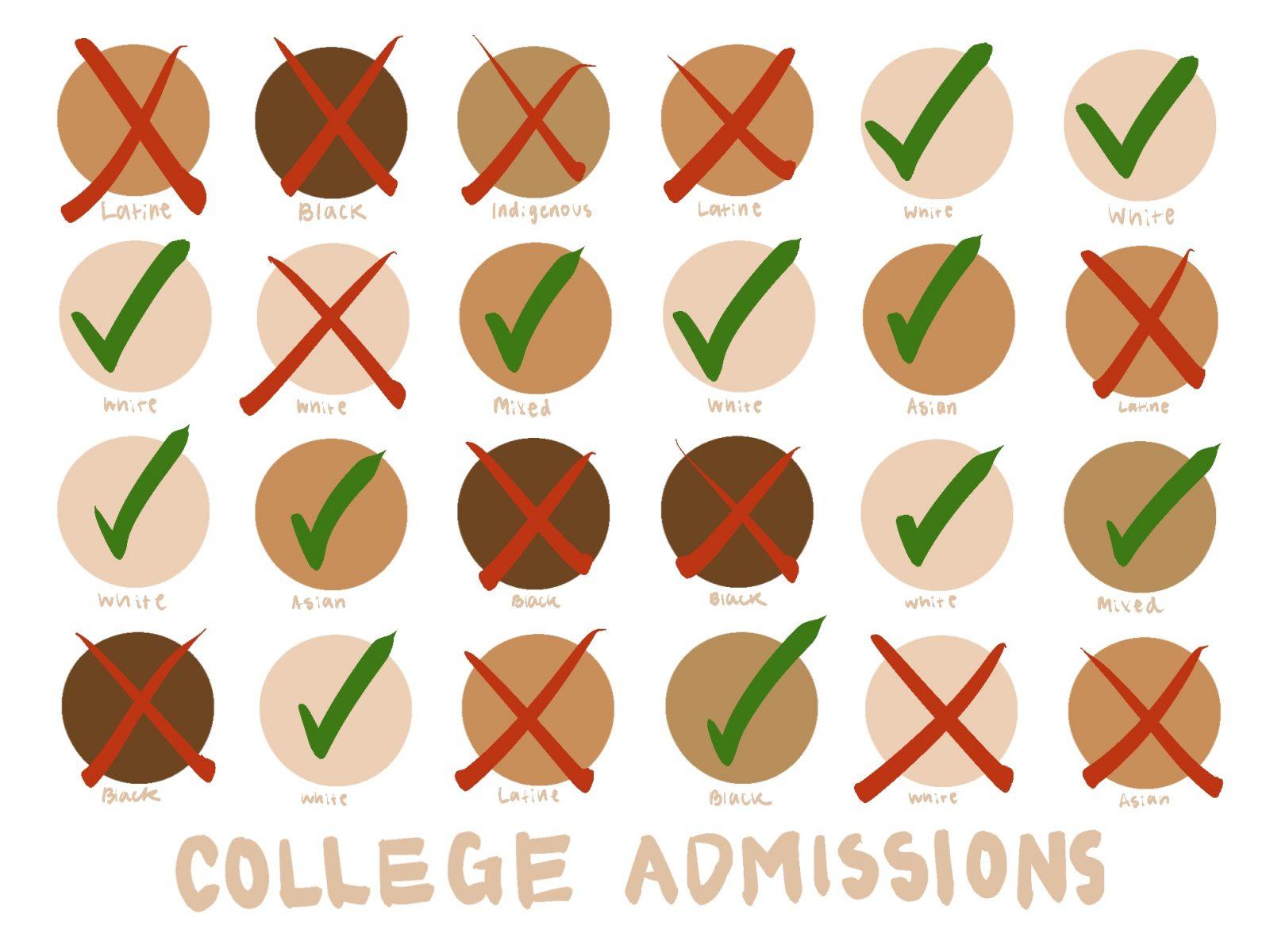
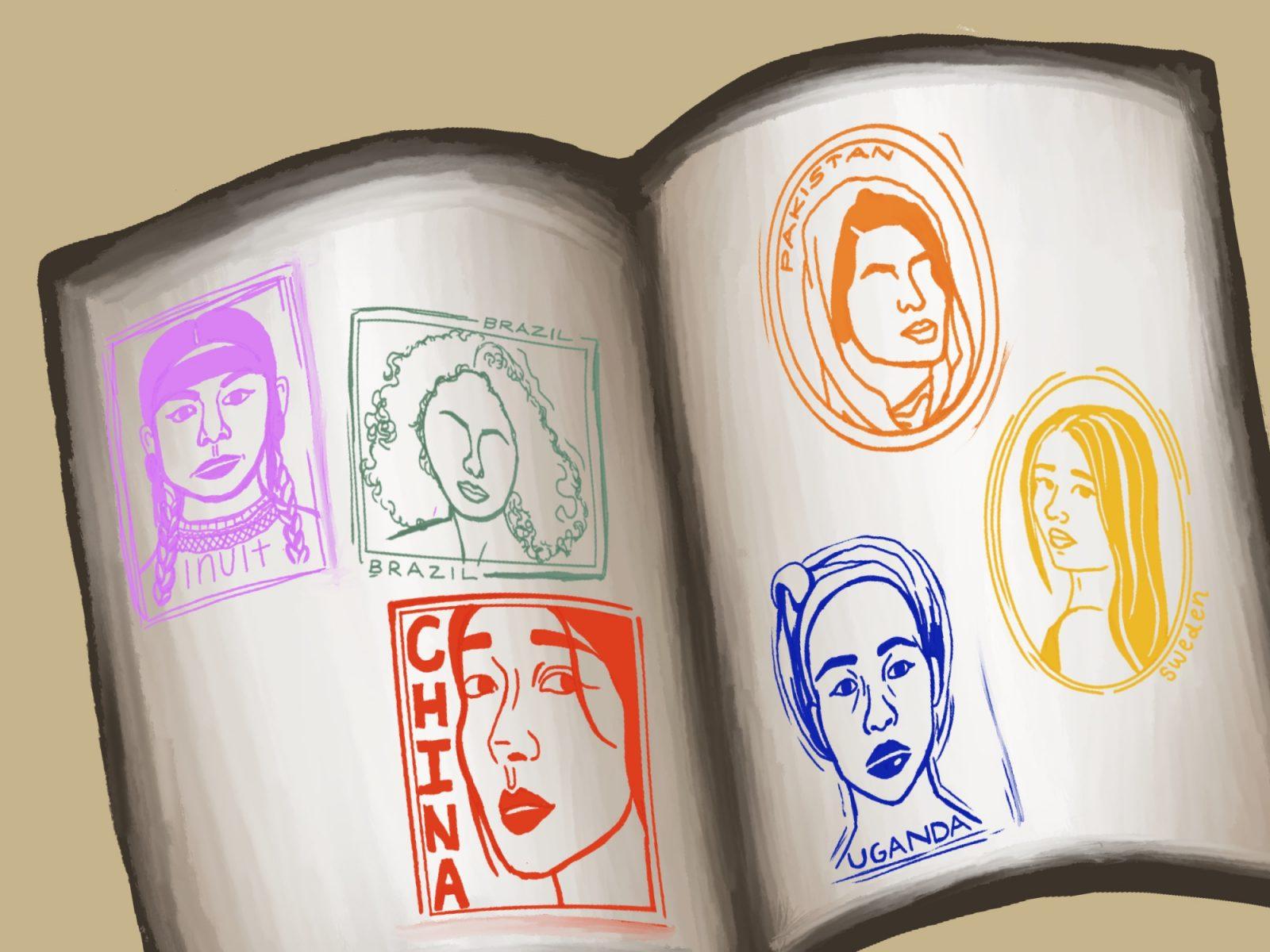
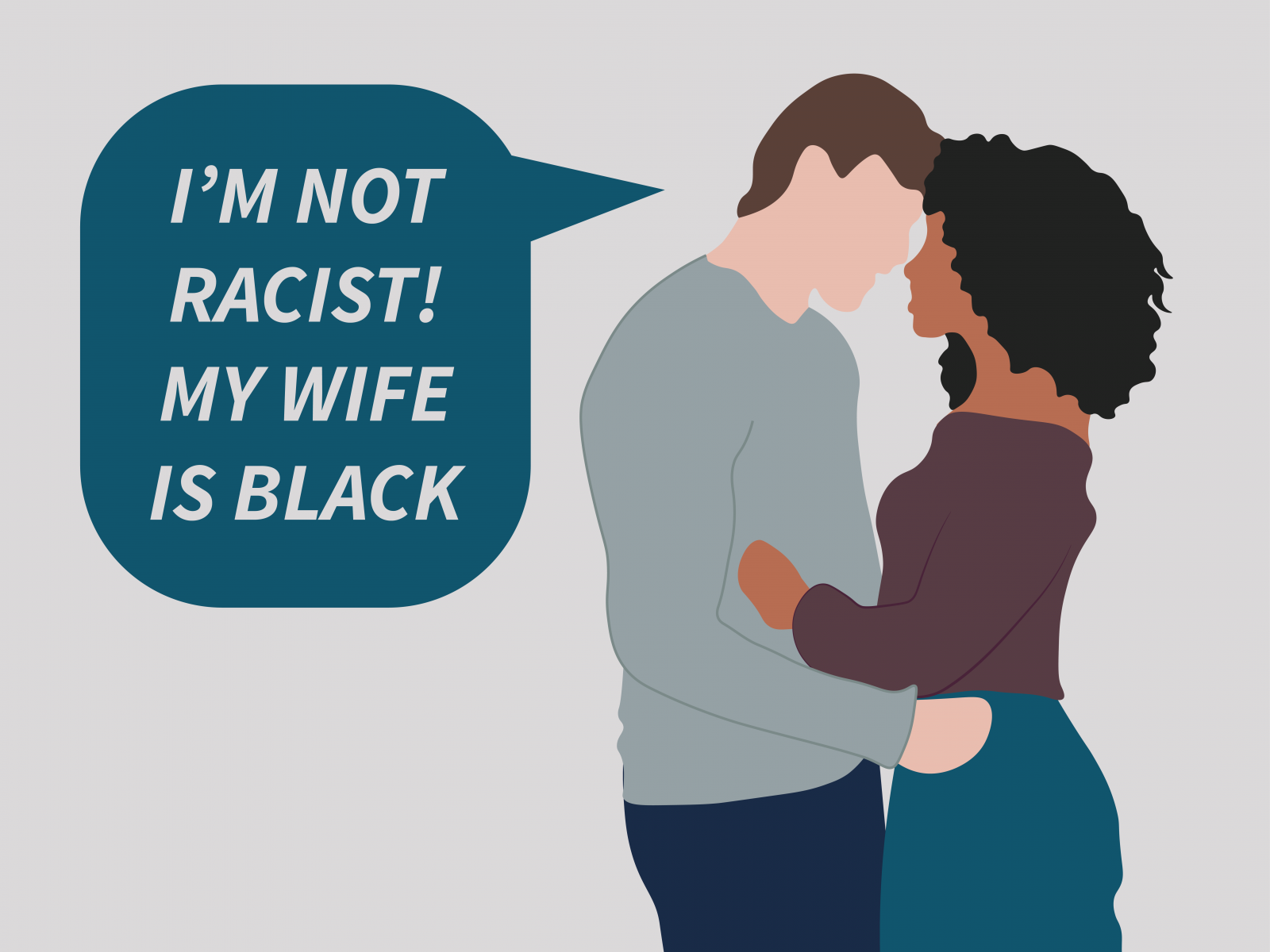
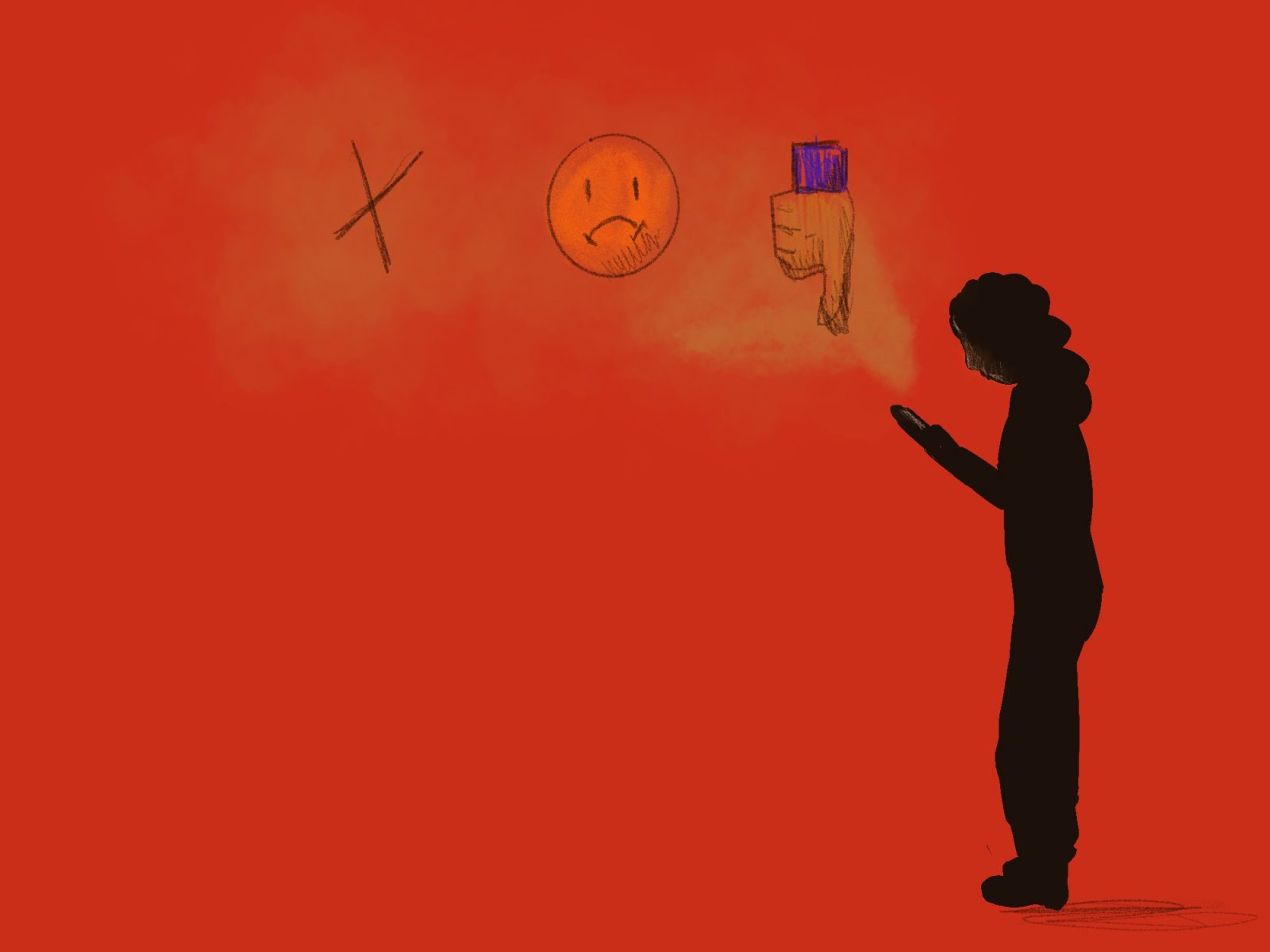

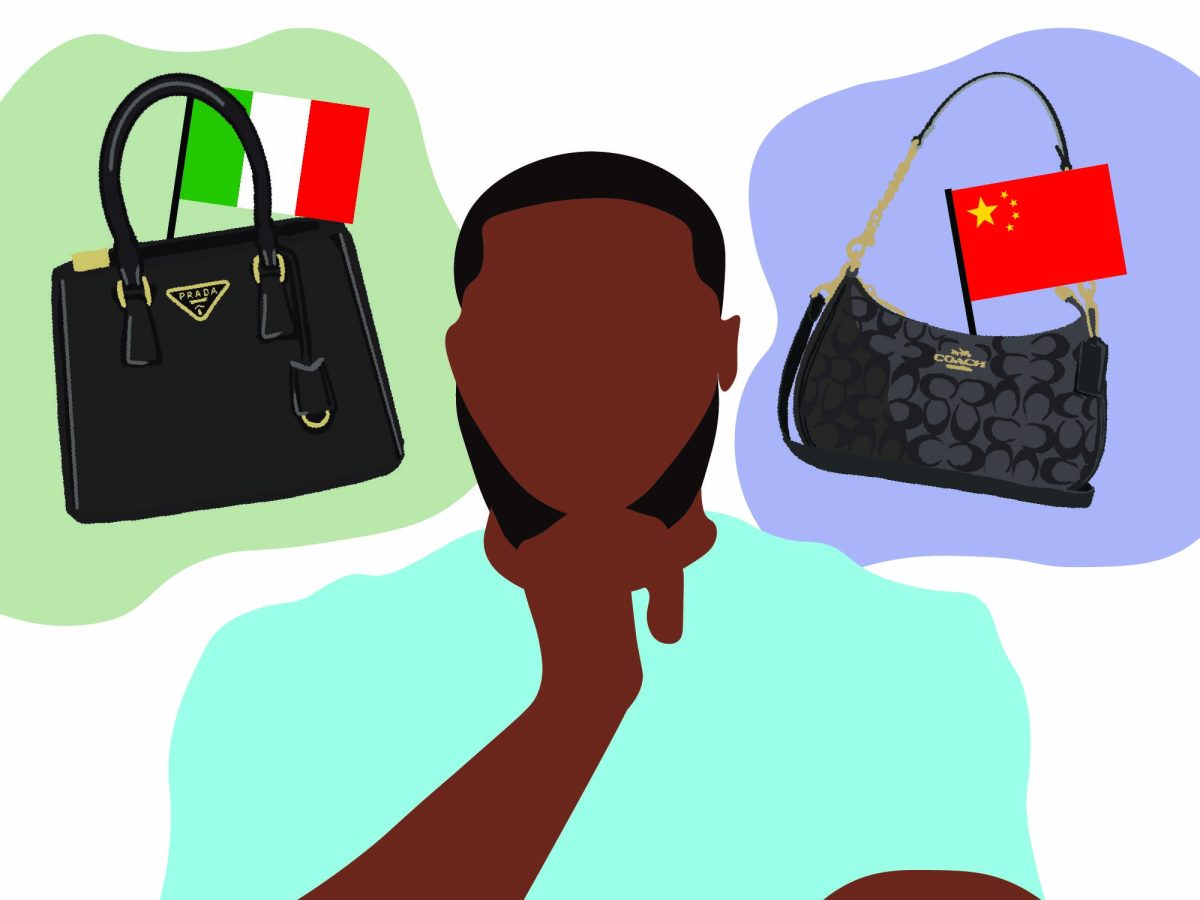
Lincoln Son Currie • May 2, 2024 at 7:55 pm
I agree with the author’s calls for better representation in casting. Additionally, I think Lara Jean should have been cast as a half Asian — although I think Lana Condor was a great Lara Jean. However, I question some of the other assertions in this column. To say that Asians are settling when they accept a character like Lara Jean as Asian is to say that half Asians are not Asians. I disagree. Additionally, what is wrong with using a half Asian as a character? Is a half Asian’s mere existence in a creative work a wrong that must be righted? I don’t think so. And where do half Asians stand in all this? Do they deserve to be represented too? I think they do.
Half Asians are human beings who have stories worth telling, and the fact that they have a parent who is not Asian is not something that calls for absolution. I think Jenny Han told a well-crafted, nuanced, thoughtful, and enjoyable story in her book, To All the Boys I’ve Loved Before. Any effort to draw sharp lines between “full Asians” and “half Asians” is an exercise in fragmentation that hurts the possibility of coalition building that is necessary to effect change and improvement in representation of everyone.